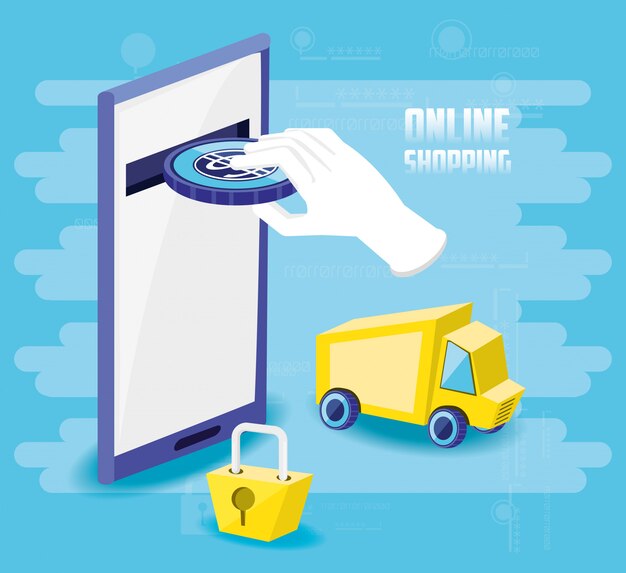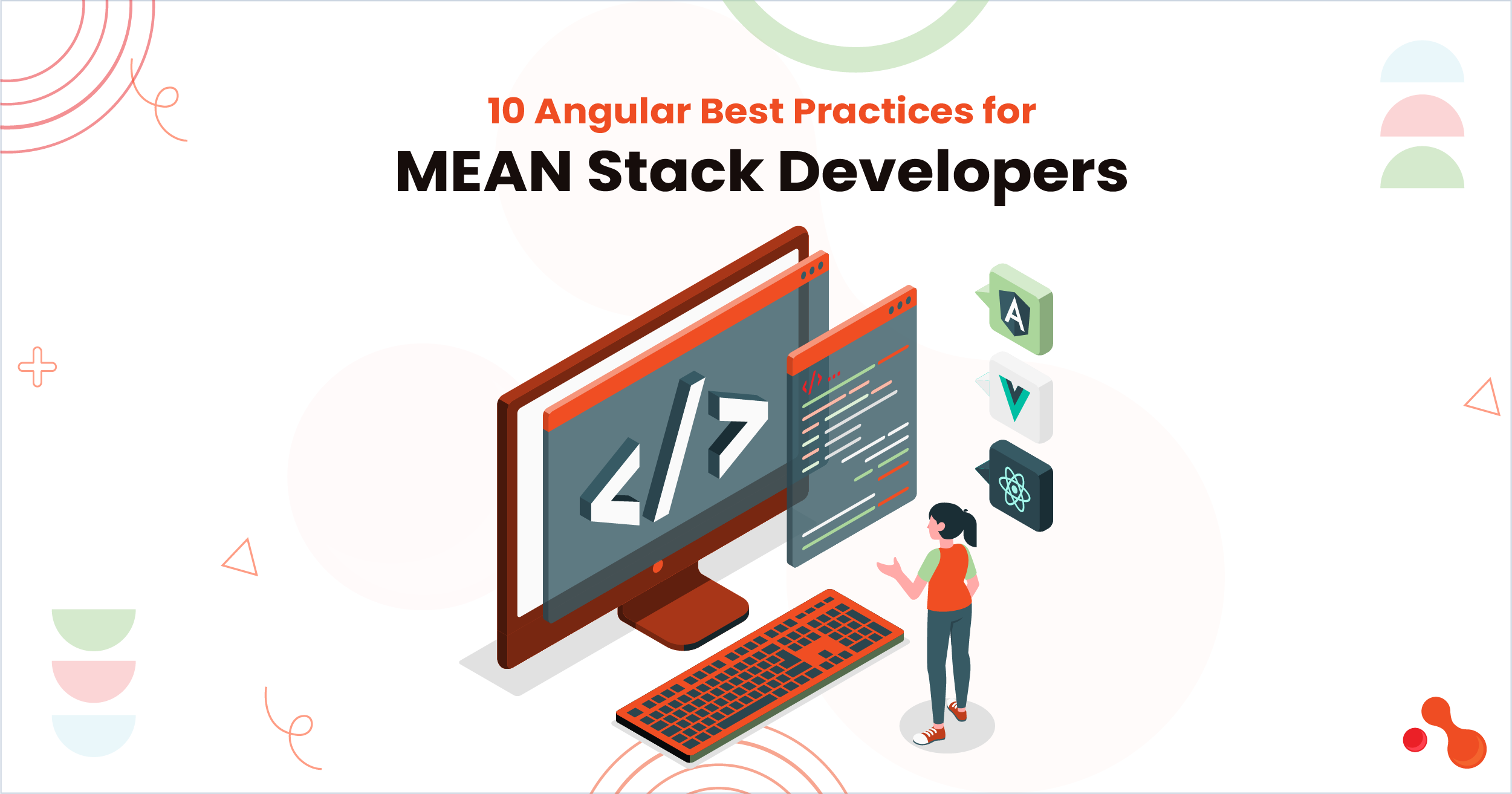Introduction
The fast expansion of on-demand delivery apps has changed the way we shop, eat, and receive crucial services. These apps have become a vital part of our daily lives, whether it’s ordering food, groceries, or even a ride-sharing service. However, as these apps become more popular, concerns regarding their safety and security have arisen. We will go into the various areas of on-demand delivery app safety and security in this thorough guide to assist users in making informed choices and understand the precautions taken by service providers to protect their data and privacy.
Data Privacy and Protection
On-demand delivery apps capture a large quantity of user data, including personal information, location data, and transaction history. It is critical to ensure the privacy and security of this information.
- Data Encryption: Reputable on demand delivery apps use encryption protocols to safeguard user data during transmission. End-to-end encryption ensures that only authorized parties can access the information.
- Data Storage: Companies employ robust security measures to protect stored user data. This includes encryption at rest, access controls, and regular security audits.
- Privacy Policies: Users should review the app’s privacy policy to understand how their data is collected, used, and shared. It’s essential to choose apps that have transparent and user-friendly privacy policies.
- Consent and Permissions: Apps should seek user consent before accessing sensitive data like location. Additionally, modern app platforms allow users to manage permissions for each app, granting access only to necessary information.
- Data Minimization: Apps should collect only the data required for their core functionality, reducing the risk of data breaches or misuse.
Authentication and User Verification
Ensuring that users are who they claim to be is crucial for the safety of on-demand delivery apps.
- Multi-Factor Authentication (MFA): Implementing MFA adds an extra layer of security by requiring users to provide multiple forms of verification, such as a password and a one-time code sent to their mobile device.
- Identity Verification: For service providers like ride-sharing or food delivery, verifying driver or courier identities is essential. Background checks and documentation verification are common practices.
- User Ratings and Reviews: User feedback and ratings can serve as a form of verification for both customers and service providers. High ratings and positive reviews can indicate a trustworthy user or driver.
Transaction Security
Financial transactions are a significant part of on-demand delivery apps. Ensuring the security of payment information is critical.
- Secure Payment Gateways: Apps should use secure and trusted payment gateways that comply with industry standards for data security, such as PCI DSS (Payment Card Industry Data Security Standard).
- Tokenization: Tokenization replaces sensitive payment information with unique tokens, reducing the risk of data exposure in case of a breach.
- In-App Payments: Encourage users to make payments within the app rather than redirecting them to external websites, as this reduces the risk of phishing attacks.
Driver/Courier Safety
The safety of drivers or couriers is as important as that of the users. Ensuring their well-being is crucial for the overall safety of the on-demand delivery ecosystem.
- Background Checks: Rigorous background checks on drivers or couriers should be conducted, including criminal history and driving records.
- Safety Features: Apps should include safety features like an emergency button or the ability to share real-time trip information with trusted contacts.
- Insurance Coverage: Drivers should be covered by adequate insurance, which can protect both them and the users in case of accidents or incidents during deliveries.
User Safety
For users, especially in ride-sharing services, safety is a top concern. Apps must take steps to protect users during their interactions.
- Ride-Tracking: Implementing real-time ride tracking allows users to share their location with friends or family, increasing their sense of security.
- Emergency Services Integration: Apps can integrate with emergency services, making it easier for users to call for help if needed.
- Reporting Mechanisms: Users should have a simple and effective way to report safety concerns or incidents within the app.
Cybersecurity
Protecting the app and its infrastructure from cyberattacks is vital for data security and user safety.
- Regular Security Audits: Regularly audit the app’s security infrastructure to identify and address vulnerabilities.
- Penetration Testing: Employ ethical hackers to conduct penetration tests to uncover potential weaknesses.
- Security Updates: Ensure that the app is regularly updated to patch known security vulnerabilities.
- User Education: Educate users about the importance of strong, unique passwords and the risks of sharing sensitive information.
Customer Support and Accountability
An effective customer support system and a clear chain of accountability are crucial for addressing safety and security issues.
- 24/7 Support: Offer round-the-clock customer support to assist users with safety-related concerns.
- Accountability Measures: Clearly define the actions taken against drivers or users who violate safety policies, ensuring accountability.
- Incident Response Plan: Have a well-defined incident response plan in place to handle security breaches or safety incidents promptly.
Legal and Regulatory Compliance
On-demand delivery apps must adhere to local and international laws and regulations related to data privacy, consumer protection, and safety.
- GDPR Compliance: If operating in the European Union, apps must comply with the General Data Protection Regulation, which sets stringent standards for data protection and user rights.
- Local Regulations: Comply with local regulations governing ride-sharing, food delivery, or other services to ensure legal operations.
User Education and Awareness
Ensuring the safety and security of on-demand delivery apps is a shared responsibility between app providers and users.
- User Guidelines: Provide users with guidelines on safe app usage, including tips for protecting their personal information and ensuring their physical safety.
- Awareness Campaigns: Run awareness campaigns to educate users about common scams or safety risks associated with on-demand apps.
- Continuous Updates: Keep users informed about app updates that enhance security or introduce new safety features.
Transparency and Trustworthiness
Building and maintaining trust with users is vital for the success of on-demand delivery apps.
- Transparent Policies: Ensure that all policies related to data privacy, safety, and security are clear and transparent.
- Regular Communication: Regularly communicate with users about security measures and improvements, demonstrating a commitment to their safety.
- Community Feedback: Actively seek feedback from the user community and incorporate their suggestions to enhance safety and security.
Conclusion
On-demand delivery apps have transformed how we access goods and services by providing convenience and efficiency. However, it is the responsibility of both service providers and users to ensure the safety and security of these programs. On-demand delivery apps may provide a safer environment for both customers and service providers by integrating strong data protection measures, user authentication methods, and safety features.
In turn, users should be aware of safety rules, exercise caution when providing personal information, and report any safety issues as soon as possible. We can enjoy the benefits of on-demand delivery apps while minimizing the hazards connected with them by working together, ultimately promoting a safer and more secure digital ecosystem.




